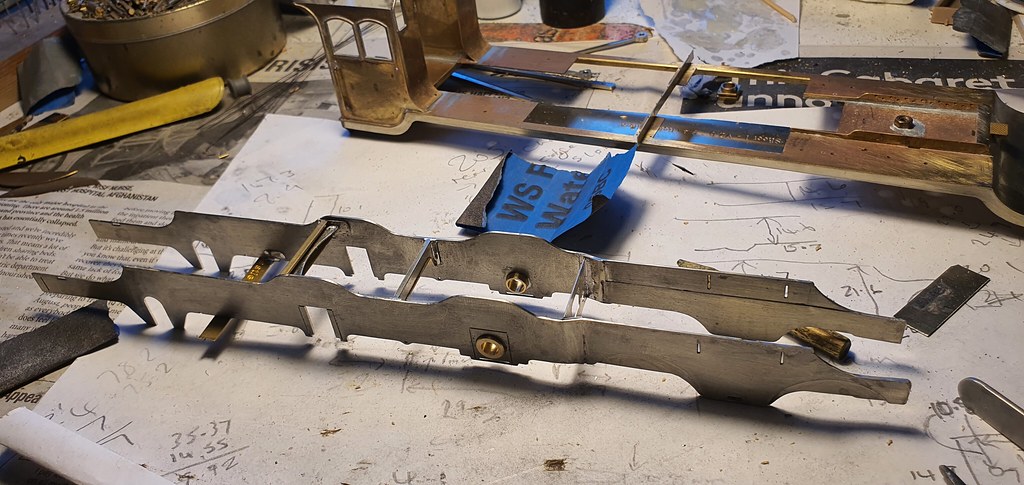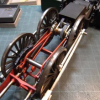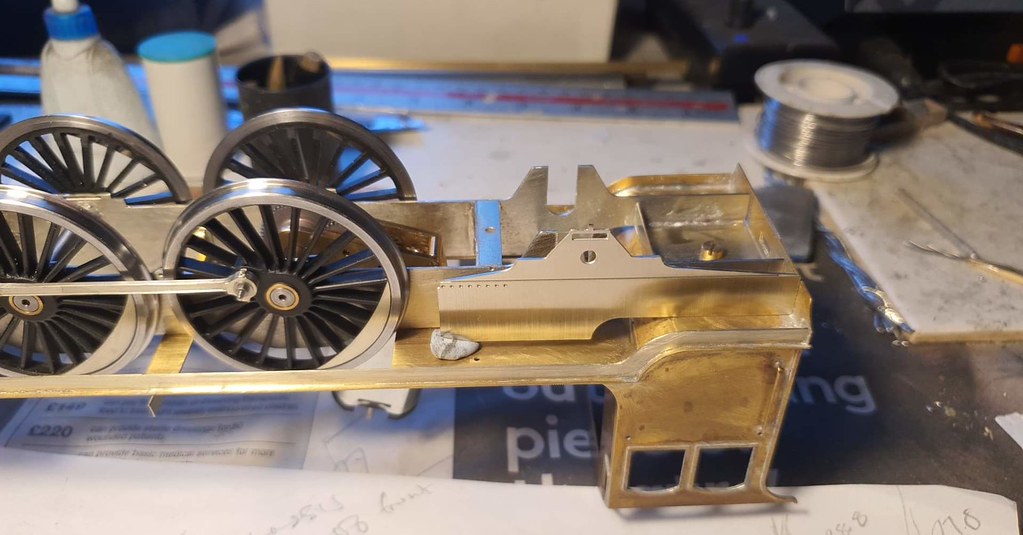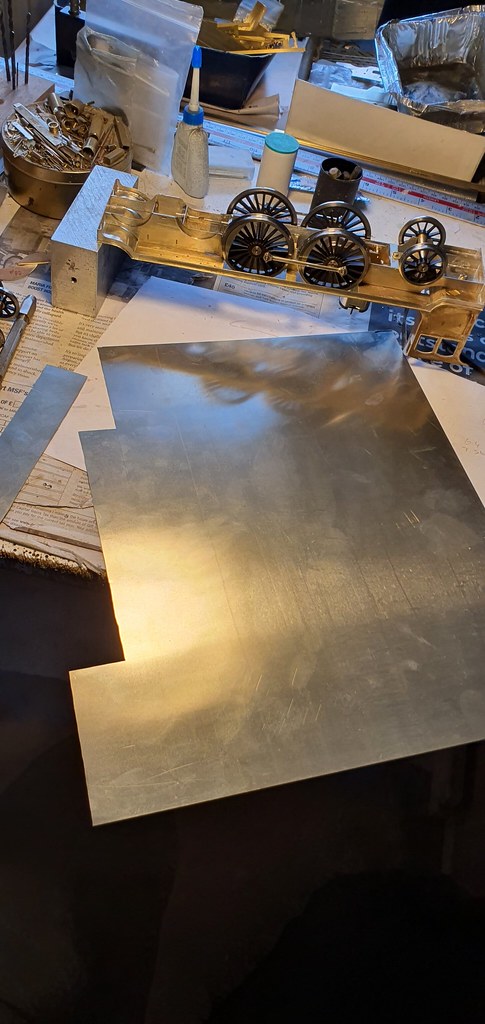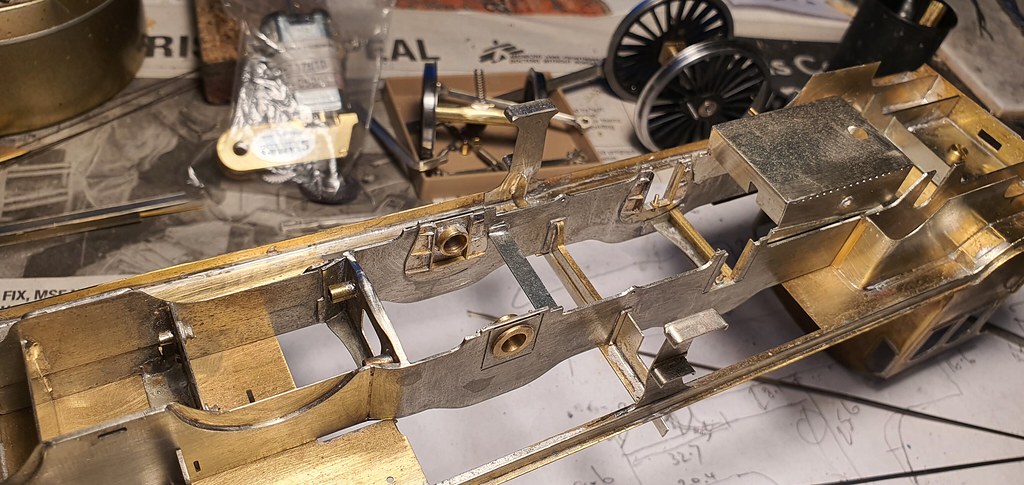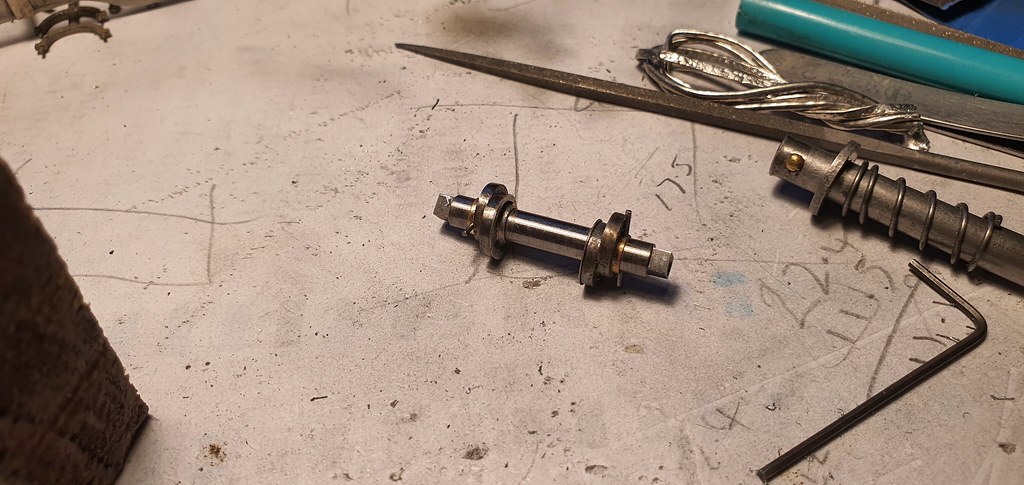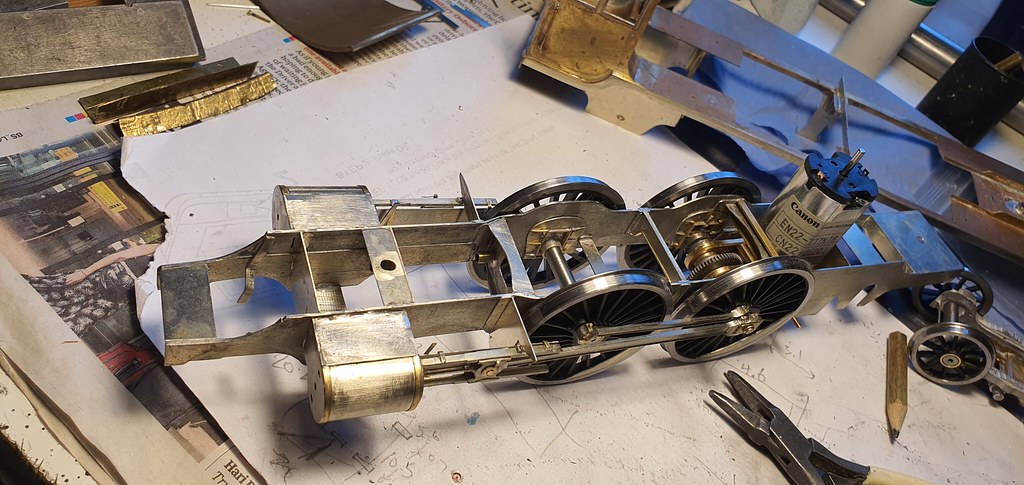Nick Dunhill
Western Thunderer
Hi All
New project! It's a ACE Kit for the Reid C10 NBR Atlantic. The kit was part built by Graham Varley before his untimely death earlier this year, and we decided to finish it as a tribute to him. Graham had (very nicely, as was his way) built the footplate, cab and the main part of the tender. He'd then come across an issue or two and put the model in his dusty 'pending' pile in the hope that it would be forgotten!
The first thing I decided to do was to replace the awful front section of the footplate top. The underside of it has a half-etched rectangle to aid curving, but it had left awful witness marks in the top.

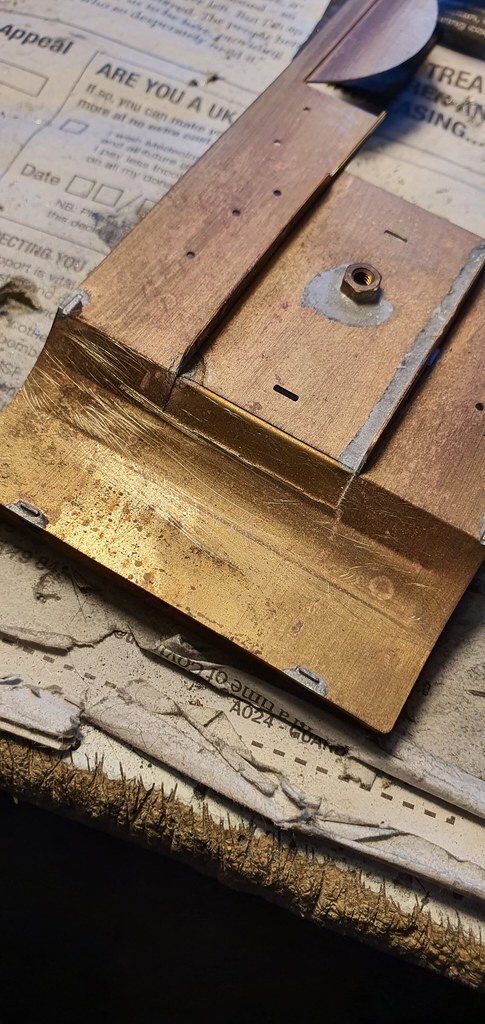
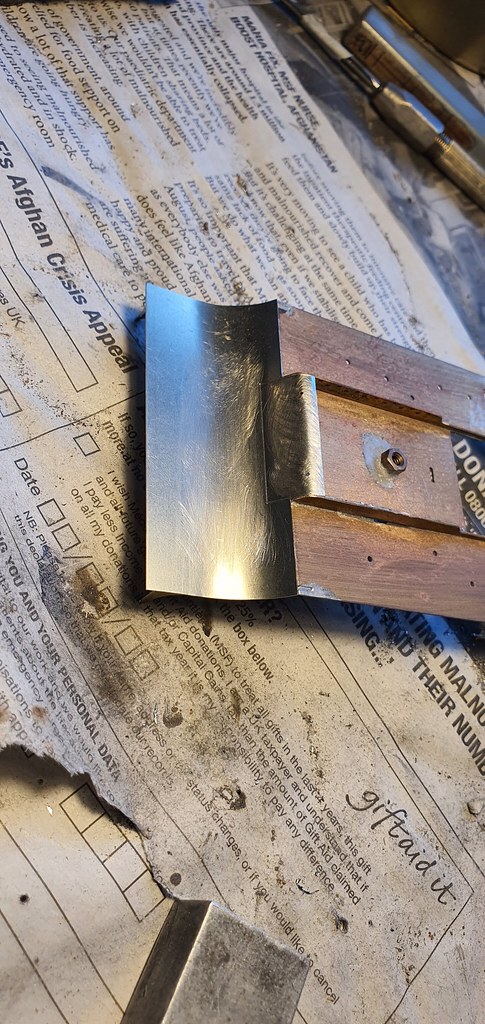
Robin McHugh is something of a guru on scottish locos and pointed out to me that the footplate valences were too shallow so....




There's no easy way to do this. Measure (twice!) cut, fit. The splasher (out)sides were removed from the footplate etch as the fold line is too thin and you cant make a 90 deg fold!
It looks much better, and I capped off the week by fixing the smokebox step.
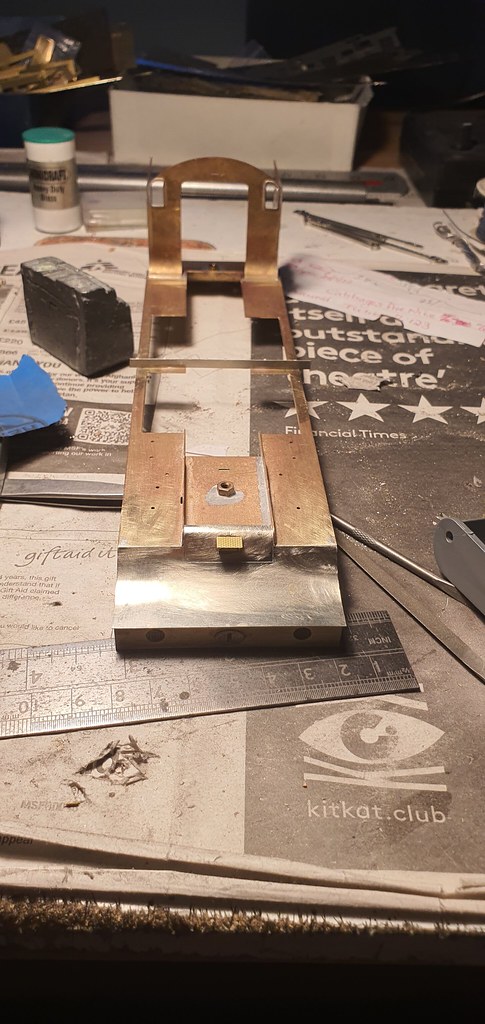
This will be fun.
New project! It's a ACE Kit for the Reid C10 NBR Atlantic. The kit was part built by Graham Varley before his untimely death earlier this year, and we decided to finish it as a tribute to him. Graham had (very nicely, as was his way) built the footplate, cab and the main part of the tender. He'd then come across an issue or two and put the model in his dusty 'pending' pile in the hope that it would be forgotten!
The first thing I decided to do was to replace the awful front section of the footplate top. The underside of it has a half-etched rectangle to aid curving, but it had left awful witness marks in the top.



Robin McHugh is something of a guru on scottish locos and pointed out to me that the footplate valences were too shallow so....




There's no easy way to do this. Measure (twice!) cut, fit. The splasher (out)sides were removed from the footplate etch as the fold line is too thin and you cant make a 90 deg fold!
It looks much better, and I capped off the week by fixing the smokebox step.

This will be fun.



